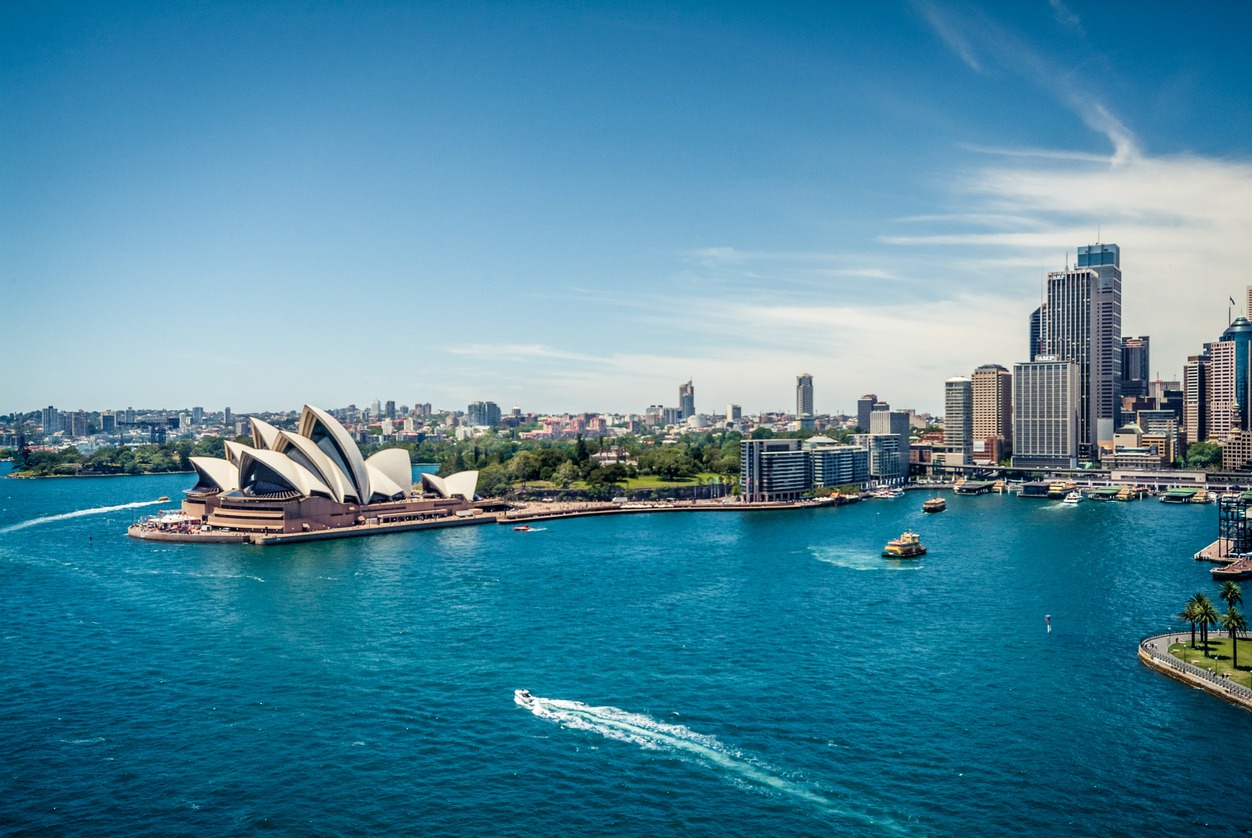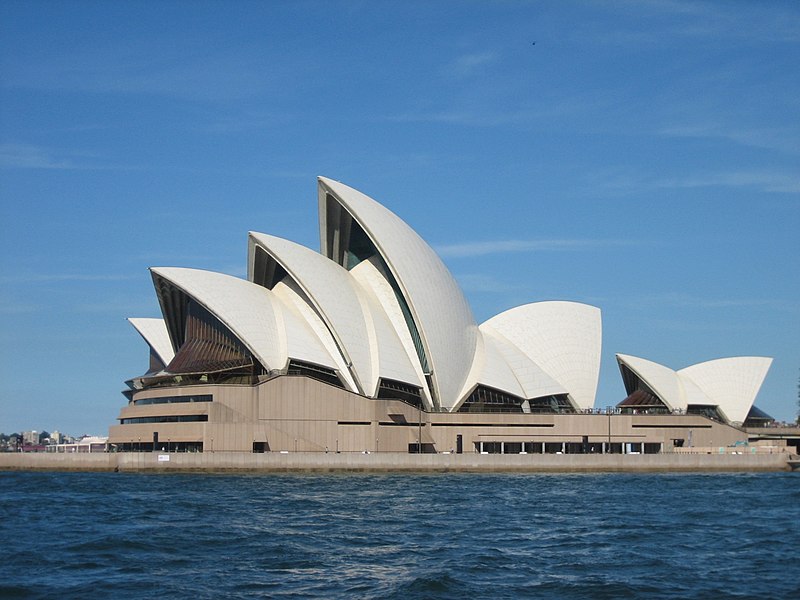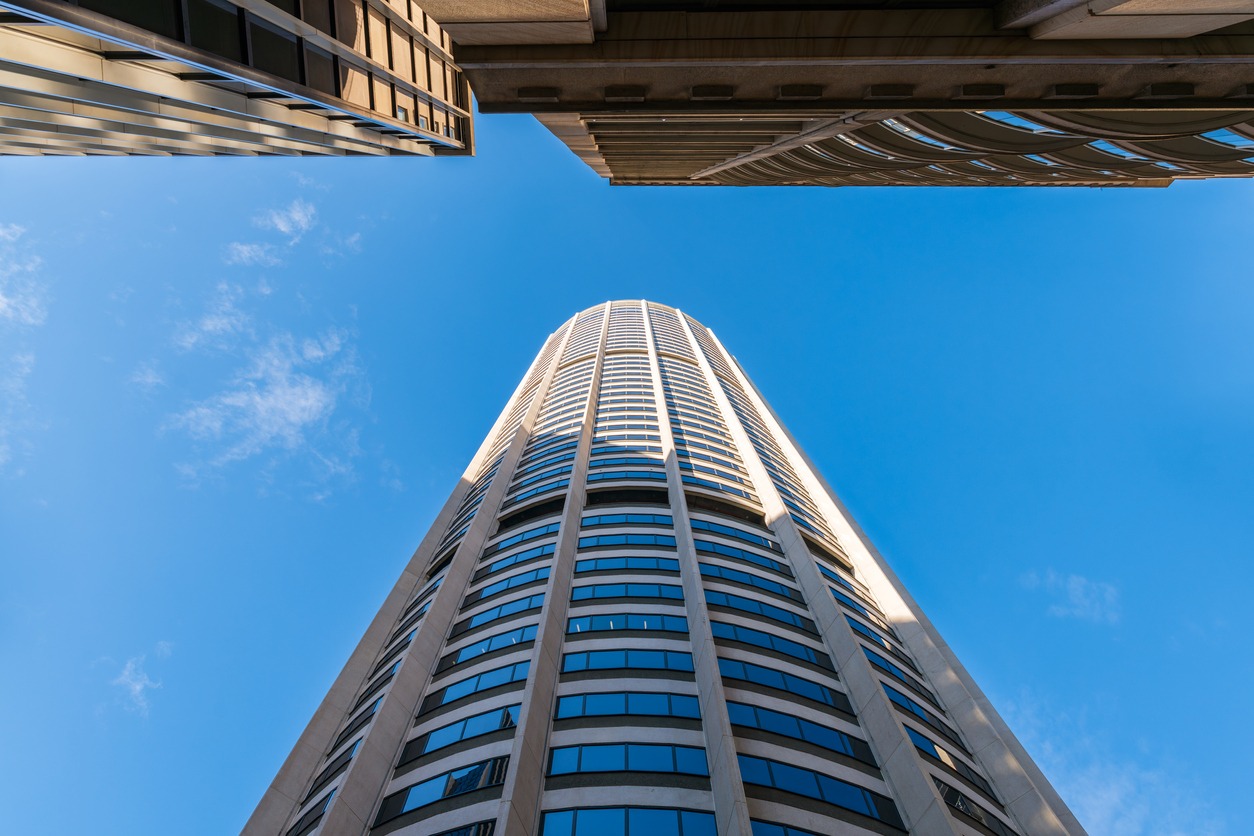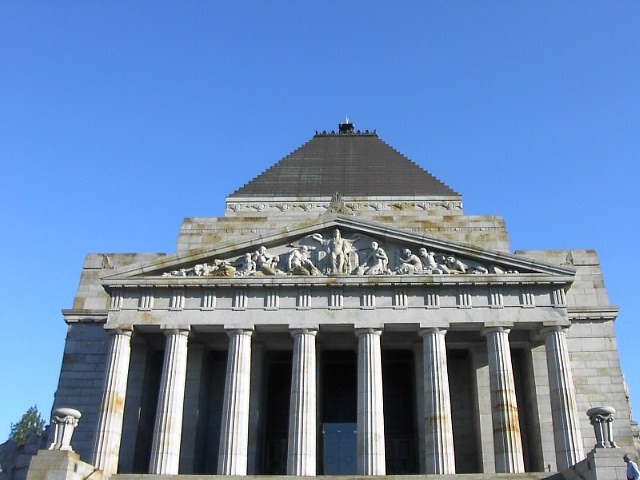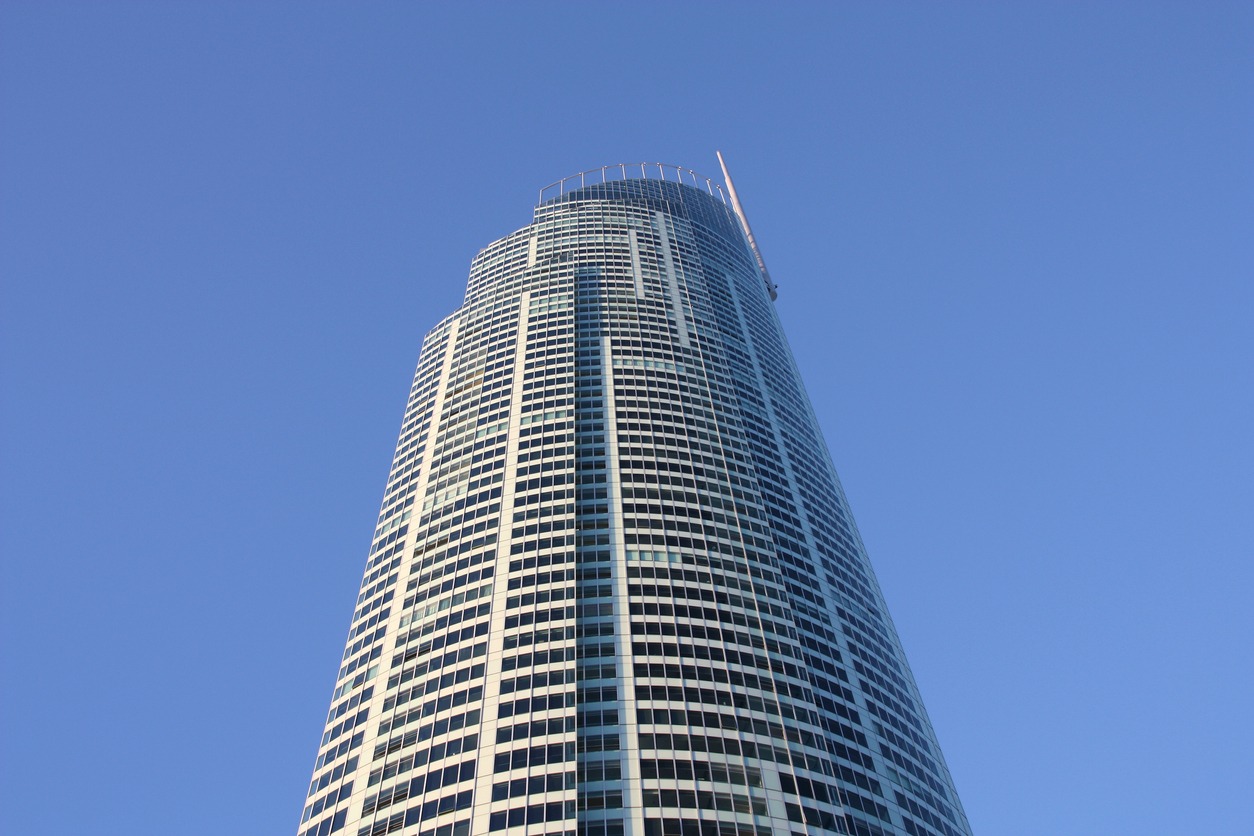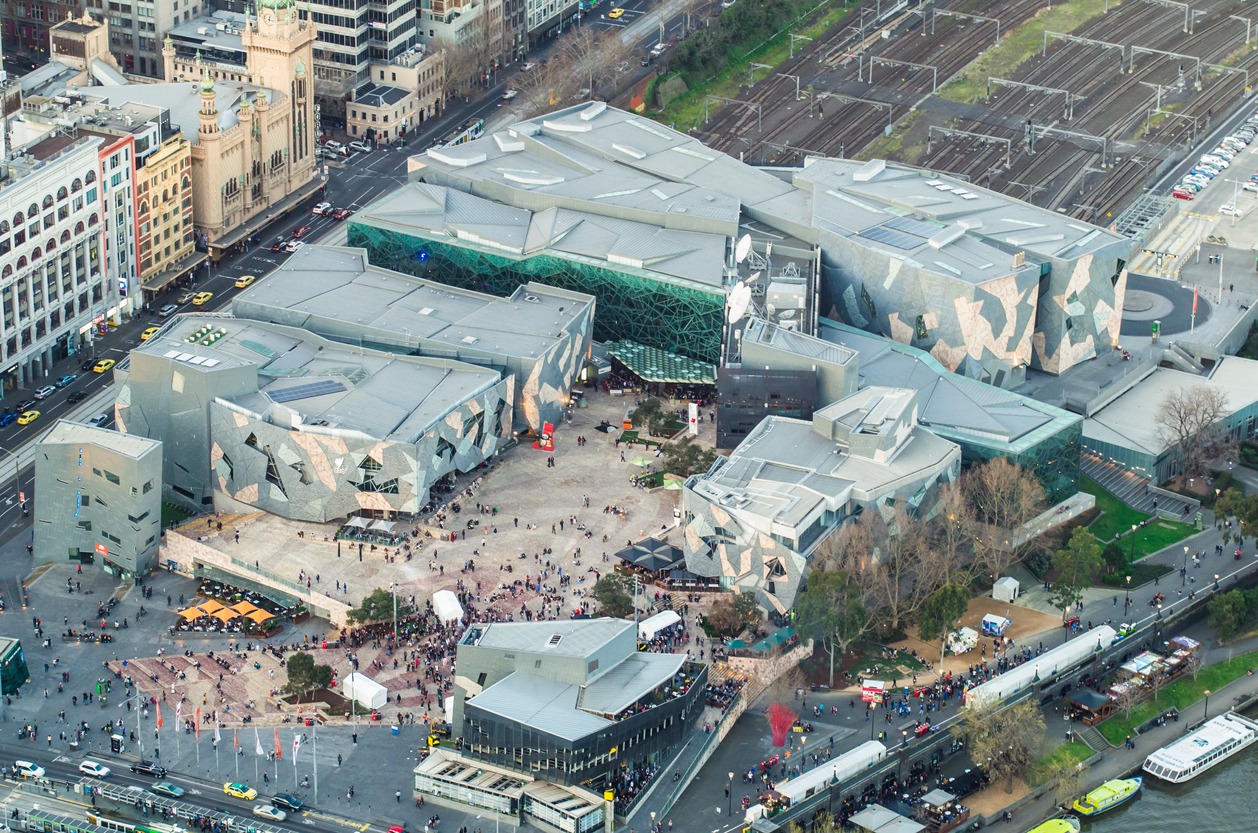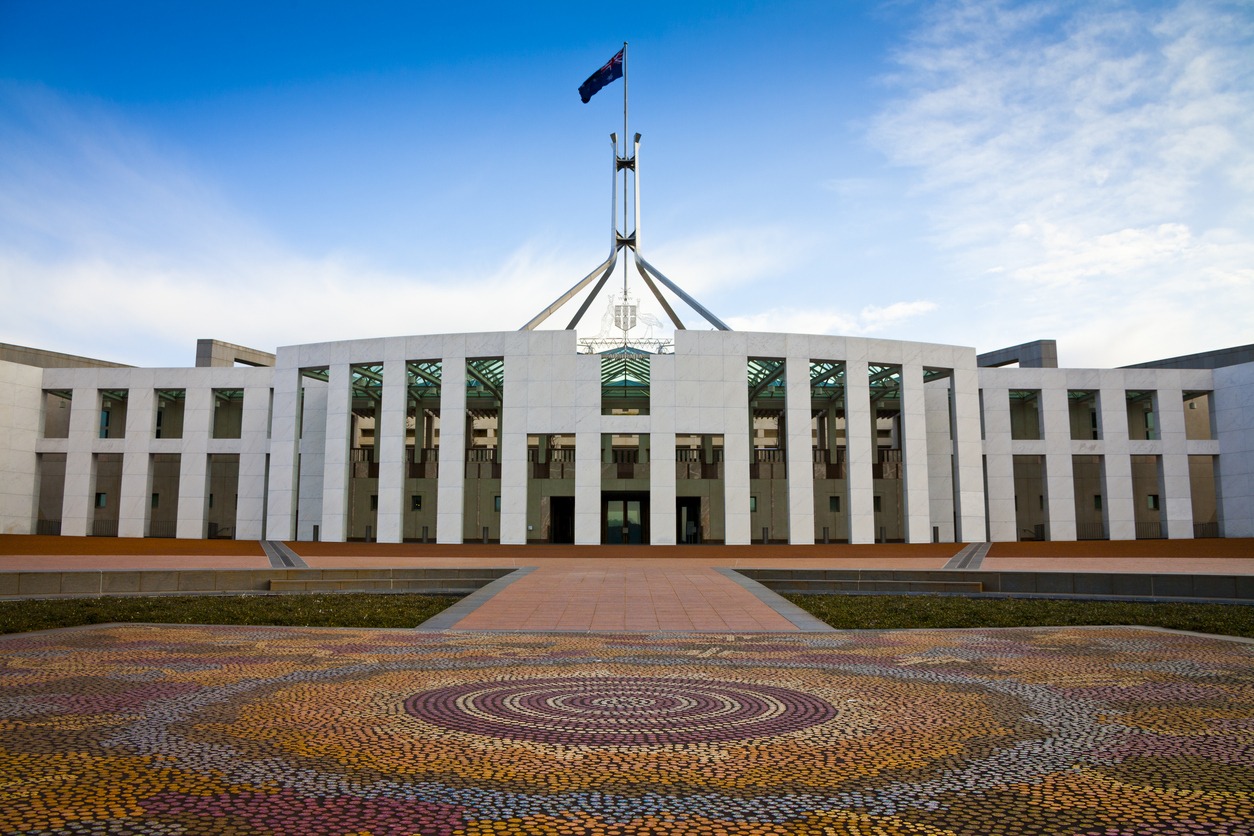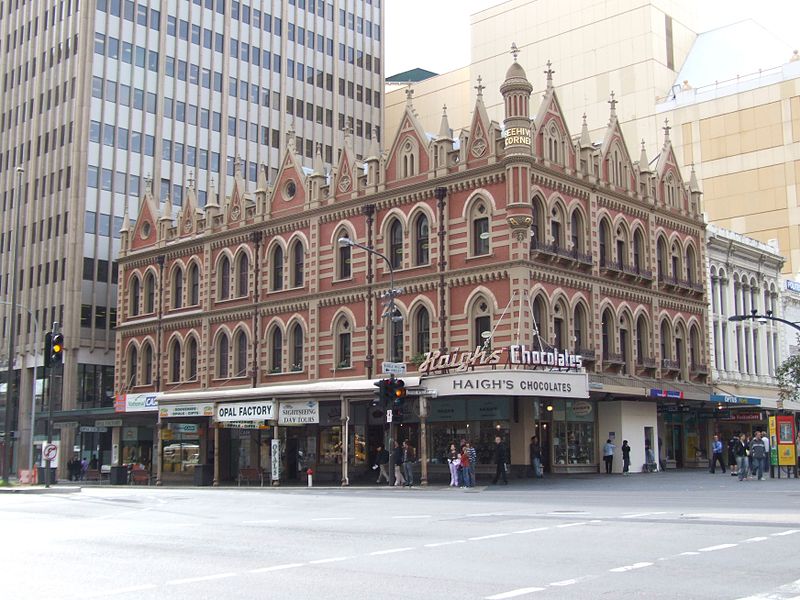Australia is known for its beautiful beaches, wild outback, and friendly people. But there’s something else that makes this country special: its buildings. Some of the buildings in Australia are very different from what you see in other places. They have interesting shapes, colors, and designs that can surprise you.
In this article, we’ll take a look at some of the most unusual buildings in Australia. These buildings are not just ordinary places; they are like pieces of art. From a house that looks like a sail on the water to a tower that reaches high into the sky, each one has a story to tell. Let’s discover these amazing buildings together.
Sydney Opera House, Sydney
The Sydney Opera House is an architectural masterpiece and one of the most iconic buildings in the world. Designed by Danish architect Jørn Utzon, the building is celebrated for its innovative and distinctive design, resembling sails billowing in the wind or shells clustering on the foreshore, making it harmonize beautifully with its surroundings on Sydney Harbour.
The construction of the Opera House was a groundbreaking feat of engineering, particularly for its use of complex, interlocking roof shells. These shells are made from concrete and are covered in gleaming white tiles that reflect the sunlight, adding to the building’s luminous appearance. The unique shape and arrangement of the shells required the development of new construction techniques, making the Opera House not only an architectural icon but also a milestone in engineering.
Australia Square, Sydney
Australia Square, located in Sydney, stands as a pioneering feat in modern architecture within the Australian context. Completed in the 1960s, this development was at the forefront of innovation, featuring the country’s first true skyscraper. The tower’s design, conceived by architect Harry Seidler, broke away from traditional rectangular buildings, introducing a circular form that was quite revolutionary at the time.
The circular design not only provided a distinctive aesthetic but also offered practical advantages. It allowed for more efficient wind resistance and gave occupants panoramic views of Sydney without the structural limitations of corner offices. The building’s façade is characterized by its uniform, closely spaced windows, which create a sleek and rhythmic exterior pattern that enhances its cylindrical shape.
At the base of the tower, a spacious plaza serves as a public gathering space, integrating art and functionality with a large, iconic sculpture by Alexander Calder, adding to the site’s cultural significance. The interior spaces are designed with a focus on openness and light, employing an innovative use of materials and modern design principles to create an environment that was ahead of its time in terms of workplace design.
Shrine of Remembrance, Melbourne
The Shrine of Remembrance in Melbourne is a powerful and moving building that honors the soldiers from Victoria who served in World War I and other conflicts. Its architecture is a blend of ancient and modern styles, making it stand out. The building is shaped like a pyramid with steps leading up to a grand entrance, giving it a majestic and solemn appearance.
The design includes classical elements like columns and a large stone structure, which add to its dignity and importance. Inside, there’s a central sanctuary where light falls on the Stone of Remembrance at a special time each year, creating a poignant moment of reflection. The Shrine not only serves as a place of remembrance but also as a symbol of peace and resilience, its architecture reminding us of the sacrifices made for freedom.
Q1 Tower, Gold Coast
The Q1 Tower in the Gold Coast is a remarkable building known for its impressive height and sleek design. As one of the tallest residential towers in the world, it stretches high into the sky, offering breathtaking views of the surrounding area. The architecture of Q1 is modern and elegant, with a tapering shape that culminates in a long, pointed spire at the top, reminiscent of the tip of a spear. This spire not only adds to the tower’s height but also gives it a distinctive silhouette against the skyline.
The building’s glass facade reflects the sunlight, making it shimmer during the day, while at night, it lights up to become a glowing beacon. The design of Q1 is not just about looks; it also incorporates features that help it withstand the region’s strong winds and storms, ensuring the safety and comfort of its residents. With its combination of aesthetic appeal and engineering excellence, Q1 Tower is a landmark of the Gold Coast and a symbol of modern living.
Federation Square, Melbourne
Federation Square in Melbourne is a striking example of contemporary architecture, known for its unconventional and innovative design. The complex is a collection of buildings and spaces that come together to form a unique public area in the heart of the city. What sets Federation Square apart is its use of bold, angular forms and a mix of textures and materials, including glass, steel, and zinc. The facades of the buildings are characterized by a distinctive geometric pattern, creating a dynamic and somewhat chaotic appearance that captures the eye.
The layout of Federation Square is carefully planned to encourage people to gather, explore, and participate in various cultural events. The open spaces, including the main square and atrium, are versatile and can host a wide range of activities, from art exhibitions to public gatherings. The design intentionally blurs the boundaries between indoor and outdoor spaces, promoting a sense of inclusivity and openness.
Moreover, the intricate detailing and use of sustainable design principles reflect a deep consideration for environmental impact and energy efficiency. Federation Square is not just an architectural marvel; it’s a cultural hub that reflects Melbourne’s vibrant and diverse community, making it a beloved landmark and a meeting place for both locals and visitors.
Parliament House, Canberra
Parliament House in Canberra is an iconic piece of Australian architecture, representing the heart of the nation’s democratic process. Its design is a blend of modern and classical elements, creating a structure that is both functional and symbolic. The building is nestled into Capital Hill, giving the impression that it rises naturally from the landscape, which reflects the idea of democracy being grounded in the people.
The most striking feature of Parliament House is its massive, grass-covered roof, which is accessible to the public. This unique aspect integrates the building with its natural surroundings and symbolizes the openness of Australia’s democracy. The roof is crowned by a large, metallic flagpole, which is a focal point of the design and can be seen from various parts of Canberra.
The Beehive Corner Building, Adelaide
The Beehive Corner Building is a notable landmark in Adelaide, distinguished by its unique architectural style and historical significance. Situated at the bustling intersection of King William Street and Rundle Mall, this building is instantly recognizable by its distinctive beehive-shaped corner turret, topped with a copper dome and a small finial that resembles a bee.
Constructed in the late 19th century, The Beehive Corner Building showcases the Neo-Gothic architectural style, which is characterized by intricate designs, pointed arches, and detailed stonework. The facade is adorned with ornate carvings, including Gothic motifs and flourishes that add to its historical charm. The use of red brick and sandstone in the construction further accentuates the building’s aesthetic appeal and contributes to its standout presence in the urban landscape.
Conclusion
All these unusual buildings in Australia show us how creative and bold architects can be. From the Sydney Opera House with its sail-like roofs to the round Australia Square and the green-roofed Parliament House, each building has its own story and special look. These places are not just for work or shows; they are like giant artworks that everyone can see and enjoy. They make Australia’s cities interesting and fun to explore, showing the world how cool and different buildings can be.
